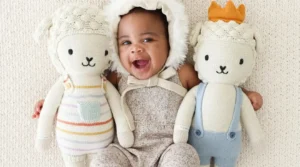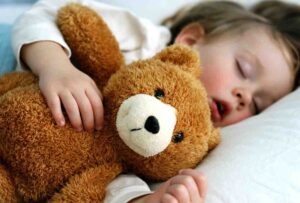Stuffed animals hold a magical place in many childhoods—offering comfort, companionship, and a source of imaginative play. But every parent or caregiver eventually wonders: At what age do kids lose interest in stuffed animals? This question isn’t just sentimental; it carries real implications for toy manufacturers, retailers, and anyone involved in children’s products. Understanding the timeline of children’s attachment to plush toys can guide better product design and marketing strategies.
In short, most children begin to lose consistent interest in stuffed animals between the ages of 6 and 9, as they shift toward more complex social and cognitive activities. However, many factors such as individual personality, developmental stage, and gender influence this timeline. Some kids cherish their plush friends well into adolescence, while others transition quickly to new interests.
Imagine Emma, a lively 7-year-old, who swapped her beloved teddy bear for video games within months. Meanwhile, her friend Liam still sleeps every night with his favorite stuffed dragon at age 10. Why does interest vary so much? Let’s dive deeper into the fascinating psychology, social dynamics, and product innovation surrounding kids and their plush pals
1. What Age Do Kids Typically Stop Playing with Stuffed Animals?
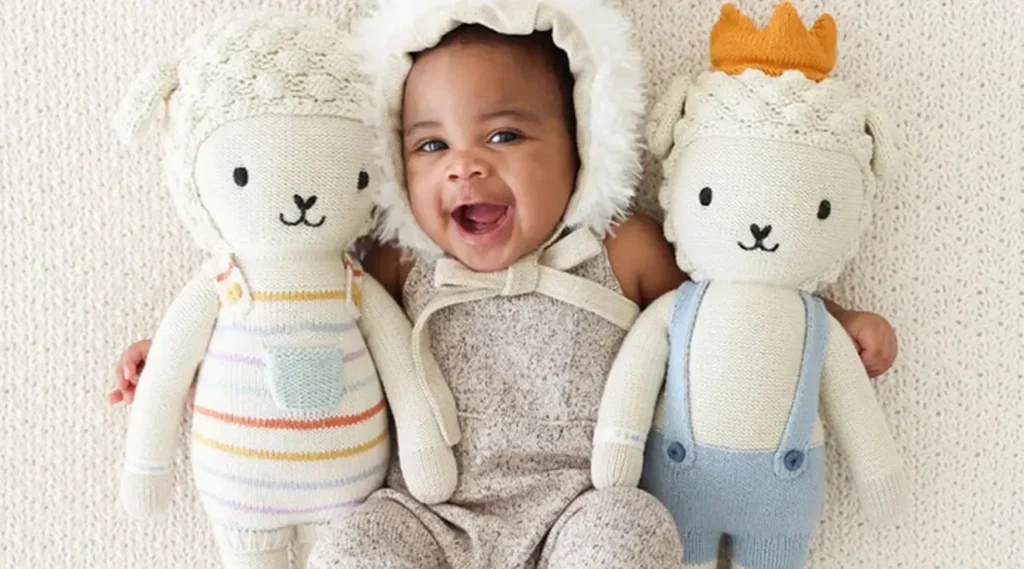
Most kids begin to naturally lose interest in stuffed animals between 6 and 9 years old, transitioning to more interactive and social play.
This age range reflects the general shift from imaginative solo play to group activities and new hobbies. Many children start favoring video games, sports, or tech gadgets over plush toys around this time.
- Cognitive Development: As children enter middle childhood, their cognitive skills mature. They seek challenges that require social interaction, problem-solving, and skill-building, which plush toys may not provide.
- Peer Influence: Friend groups often influence interests. Plush toys can be seen as “babyish,” pushing kids to abandon them to fit in.
- Emotional Attachment: While some children develop strong emotional bonds with their stuffed animals early on, others may never form deep attachments, affecting how long the interest lasts.
- Cultural Differences: In some cultures, plush toys remain popular longer due to family habits or societal norms.
- Individual Personality: Introverted or sensitive kids might hold onto their stuffed animals longer for emotional comfort.
| Factor | Explanation |
|---|---|
| Cognitive Development | Children aged 6-9 develop social, problem-solving skills, shifting interest from plush toys. |
| Peer Influence | Friend groups may label stuffed animals as “babyish,” encouraging kids to abandon them. |
| Emotional Attachment | Some children form strong bonds; others don’t, affecting interest duration. |
| Cultural Differences | In certain cultures, plush toys remain popular longer due to traditions or family habits. |
| Individual Personality | Introverted or sensitive kids may keep stuffed animals longer for comfort. |
2. Which Factors Influence Kids’ Attachment to Stuffed Animals?
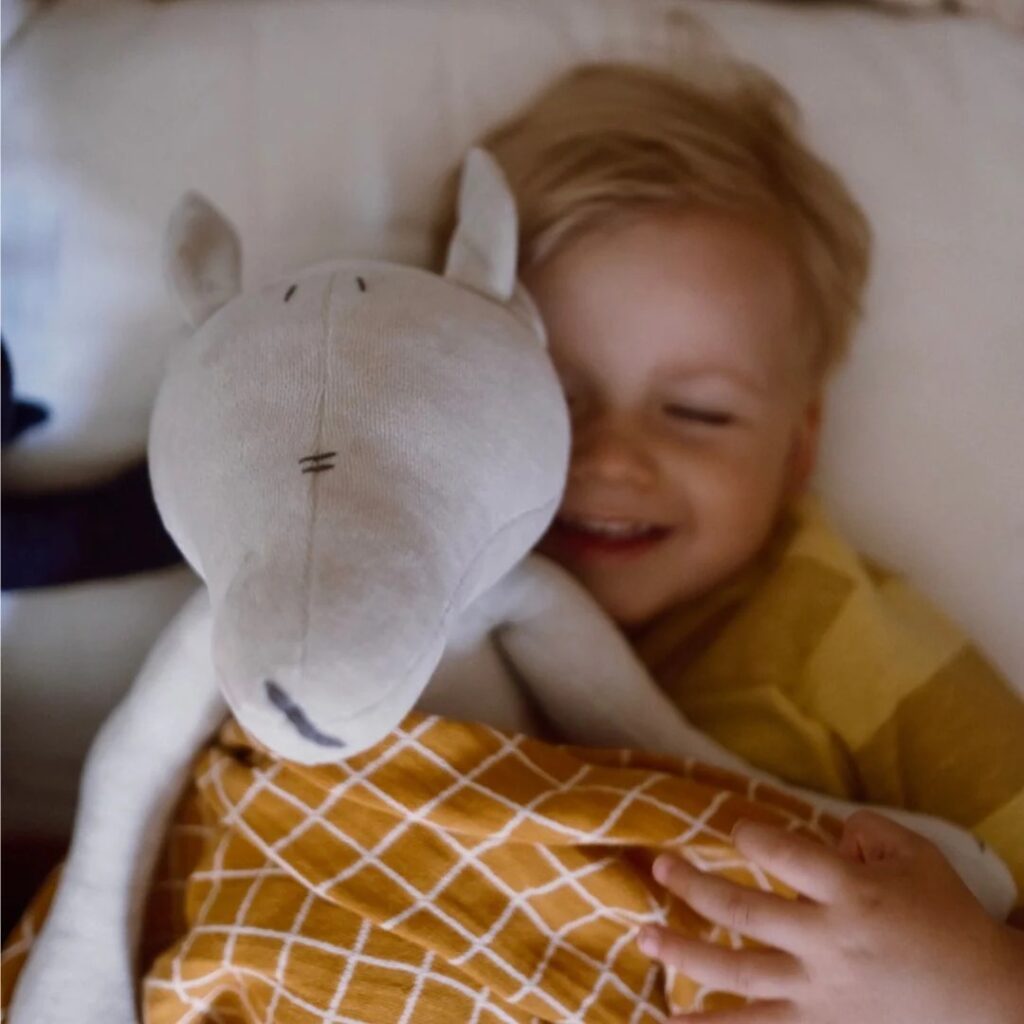
Attachment depends on emotional needs, developmental stage, social environment, and individual temperament.
Kids often use stuffed animals as comfort objects, especially during times of stress or change, impacting how long they stay attached.
- Comfort and Security: Children facing new environments (like starting school) often rely on stuffed animals for reassurance.
- Parental Influence: Parents who encourage imaginative play or gift plush toys frequently may foster longer attachment.
- Toy Characteristics: Size, texture, and design influence how appealing a stuffed animal is and how long a child cherishes it.
- Media and Branding: Popular cartoon or movie characters as plush toys can prolong interest due to brand affinity.
- Social Feedback: Positive feedback or peer acceptance related to plush toys affects attachment duration.
| Factor | Explanation |
|---|---|
| Comfort and Security | Stuffed animals provide reassurance during stressful times like starting school. |
| Parental Influence | Parents encouraging imaginative play or gifting plush toys can extend attachment. |
| Toy Characteristics | Size, texture, and design affect a toy’s appeal and how long children keep it. |
| Media and Branding | Plush toys of popular characters prolong interest due to strong brand connections. |
| Social Feedback | Positive peer feedback and acceptance influence how long kids stay attached to plush toys. |
3. How Do Developmental Stages Affect Children’s Interest in Plush Toys?
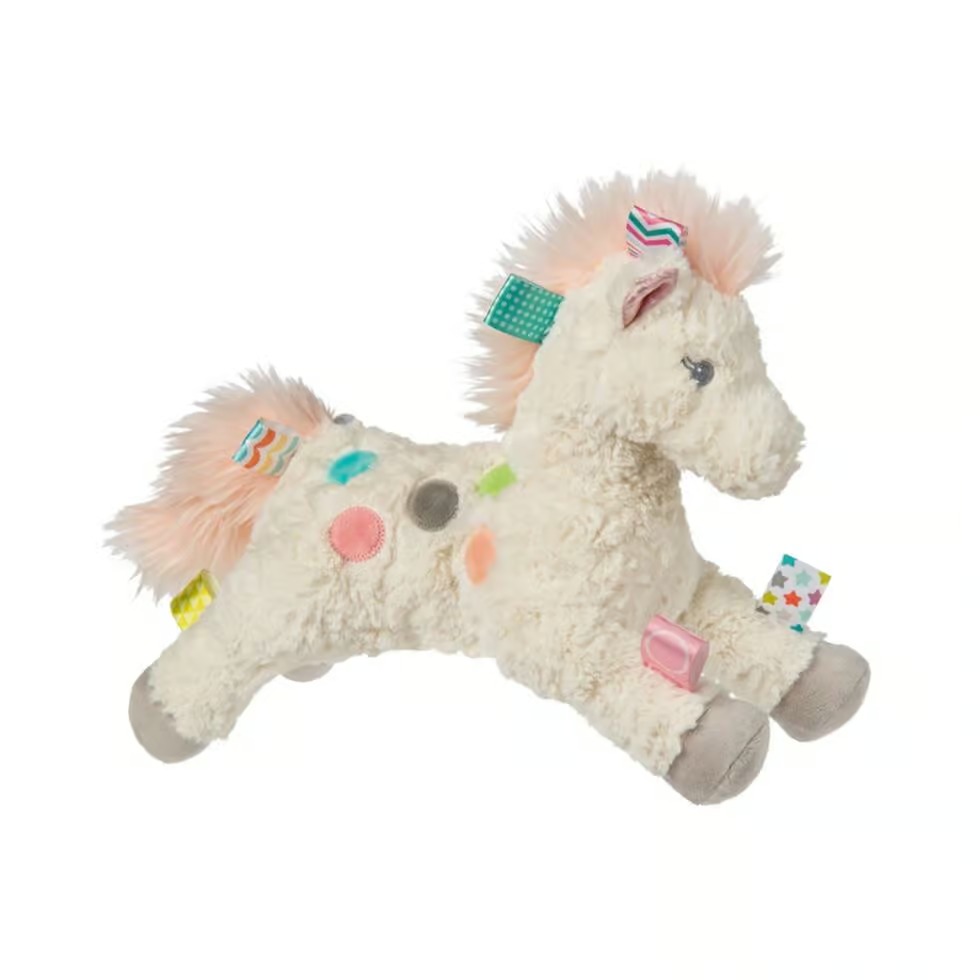
Children’s evolving cognitive, social, and emotional stages directly shape their toy preferences and attachment to plush animals.
Younger children (0-5 years) often use plush toys for imaginative play and emotional support, while older children seek toys matching their emerging social roles.
- Infancy to Preschool: Stuffed animals are often transitional objects helping regulate emotions and provide tactile comfort.
- Early School Age (6-9 years): Increased social play and awareness shift focus from plush toys to interactive games and activities.
- Pre-Adolescence: Children seek identity and independence, often distancing from “baby” toys like stuffed animals.
- Adolescence: Some may keep stuffed animals for nostalgia or collecting, but active play typically ceases.
- Developmental Delays or Disorders: Some children with autism or anxiety may retain interest longer due to sensory needs or emotional comfort.
| Developmental Stage | Impact on Plush Toy Interest |
|---|---|
| Infancy to Preschool (0-5) | Plush toys serve as transitional objects for emotional regulation and comfort. |
| Early School Age (6-9) | Shift from plush toys to social and interactive play activities. |
| Pre-Adolescence | Focus on identity and independence; move away from “baby” toys like stuffed animals. |
| Adolescence | Nostalgic keeping or collecting; active play with plush toys usually ends. |
| Developmental Delays/Disorders | Prolonged interest due to sensory needs or emotional support, especially in autism or anxiety. |
4. Do Boys and Girls Lose Interest in Stuffed Animals at Different Ages?
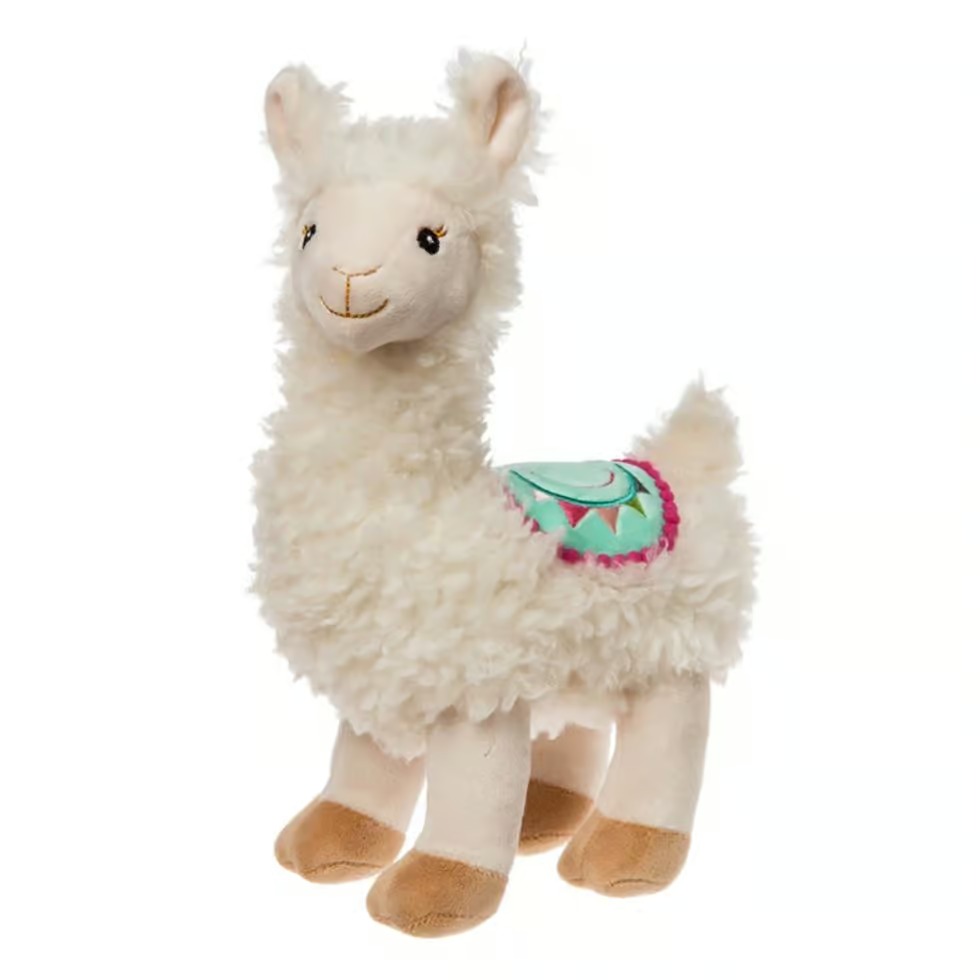
Research suggests girls generally maintain interest in stuffed animals longer than boys, but the gap is narrowing.
Girls often view plush toys as companions or collectibles, while boys may shift to action figures or tech toys earlier.
- Gender Socialization: Societal expectations often encourage girls to value nurturing play, including plush toys, while boys are steered toward active or competitive toys.
- Changing Trends: Modern parenting and marketing promote less gendered toy preferences, blurring traditional patterns.
- Individual Variability: Many boys have strong emotional attachments to plush toys, challenging stereotypes.
- Marketing Influence: Brands increasingly design unisex plush toys to appeal broadly, potentially affecting interest duration across genders.
- Emotional Expression: Girls are often encouraged to express emotions openly, possibly extending attachment to comfort items like stuffed animals.
| Factor | Explanation |
|---|---|
| Gender Socialization | Girls encouraged to value nurturing play; boys directed to active or competitive toys. |
| Changing Trends | Modern parenting and marketing reduce gendered toy preferences, narrowing interest gaps. |
| Individual Variability | Many boys maintain strong emotional bonds with plush toys, challenging stereotypes. |
| Marketing Influence | Unisex plush toy designs appeal to all genders, potentially extending attachment duration. |
| Emotional Expression | Girls encouraged to express emotions openly, possibly prolonging attachment to stuffed animals. |
5. Is There a Role for Stuffed Animals Beyond Early Childhood?
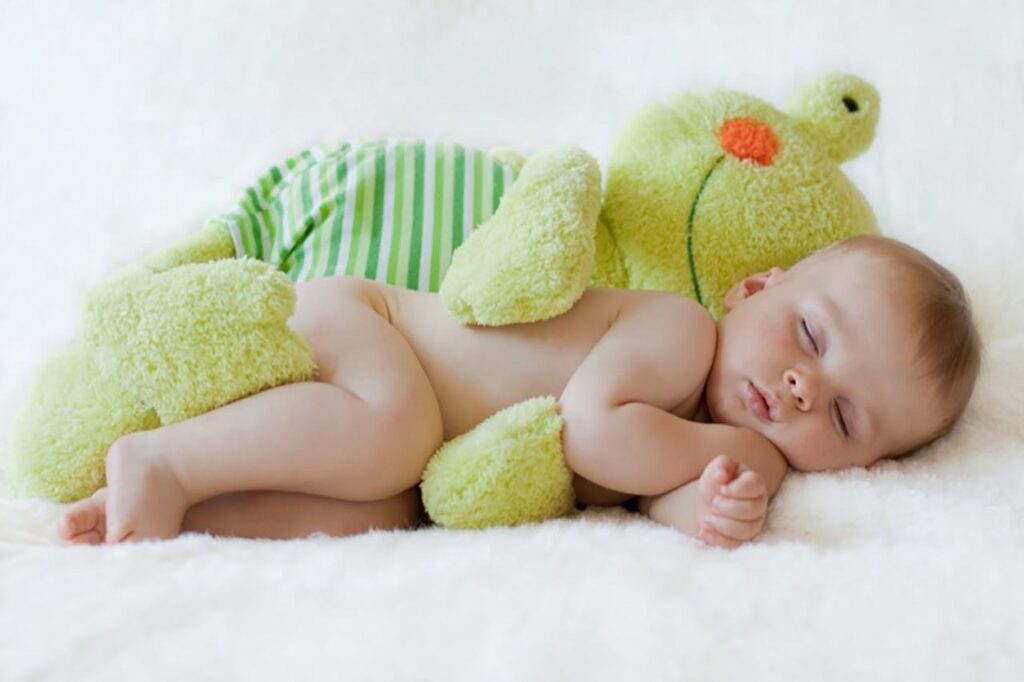
Yes, stuffed animals often serve roles beyond play, including emotional comfort, collectibles, and decorative items.
Many older children and even adults keep stuffed animals for sentimental reasons, stress relief, or as part of a collection.
- Emotional Support: Stuffed animals provide comfort during stressful times, including adolescence and adulthood.
- Collecting Hobby: Some kids and adults collect limited edition or character plush toys, making it a lifelong interest.
- Decor and Gifts: Plush toys are popular as gifts and room décor, appealing beyond play age.
- Therapeutic Use: Stuffed animals are used in therapy for children and adults to help express feelings and build trust.
- Sustainability Trends: Eco-friendly, durable plush toys are designed for long-term use, encouraging reuse and repurposing.
| Role Beyond Childhood | Explanation |
|---|---|
| Emotional Support | Provides comfort during stress in adolescence and adulthood. |
| Collecting Hobby | Limited edition or character plush toys become lifelong collectibles. |
| Decor and Gifts | Popular as room décor and gifts beyond typical play age. |
| Therapeutic Use | Used in therapy to express feelings and build trust for both children and adults. |
| Sustainability Trends | Eco-friendly, durable plush toys designed for long-term use and repurposing. |
6. How Can Manufacturers Design Stuffed Animals to Retain Kids’ Interest Longer?
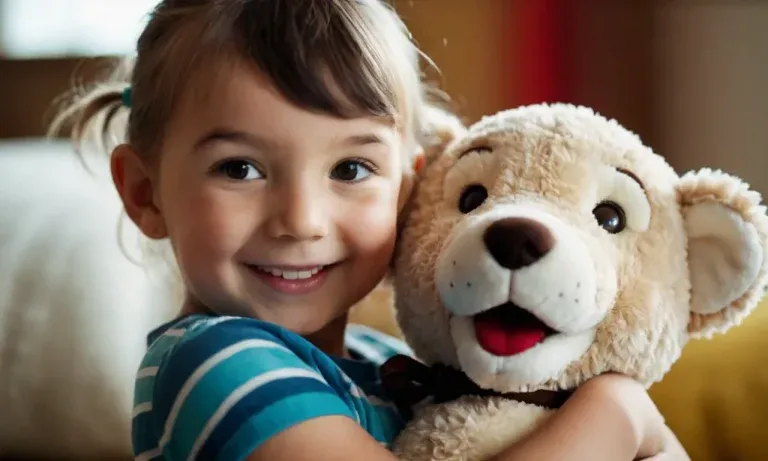
Innovative designs focusing on personalization, interactivity, and sustainability can extend plush toys’ appeal.
Integrating technology, customizable features, and eco-friendly materials helps meet evolving consumer expectations.
- Interactive Plush Toys: Adding sound, movement, or app connectivity enhances engagement for older kids.
- Customization Options: Allowing children to personalize plush toys through colors, accessories, or embroidery increases emotional attachment.
- Sustainable Materials: Using organic fabrics and recycled fillings appeals to eco-conscious families and supports brand values.
- Cross-Category Designs: Collaborations with popular media franchises or fashion brands keep plush toys trendy and relevant.
- Durability and Safety: High-quality, washable materials ensure longevity, encouraging lasting use and repeat purchases.
| Role Beyond Childhood | Explanation |
|---|---|
| Emotional Support | Provides comfort during stress in adolescence and adulthood. |
| Collecting Hobby | Limited edition or character plush toys become lifelong collectibles. |
| Decor and Gifts | Popular as room décor and gifts beyond typical play age. |
| Therapeutic Use | Used in therapy to express feelings and build trust for both children and adults. |
| Sustainability Trends | Eco-friendly, durable plush toys designed for long-term use and repurposing. |
Conclusion & Call to Action
Understanding when and why kids lose interest in stuffed animals helps manufacturers and retailers tailor products that resonate longer and deeper with children and their families. By combining developmental insights with innovative design and sustainability, plush toys can continue to delight well beyond early childhood.
If you are interested in developing customized, eco-friendly, and innovative stuffed animals that meet these insights, feel free to contact Kinwin. Our professional plush toy factory offers advanced production capabilities and design expertise to bring your product ideas to life with quality and care.




